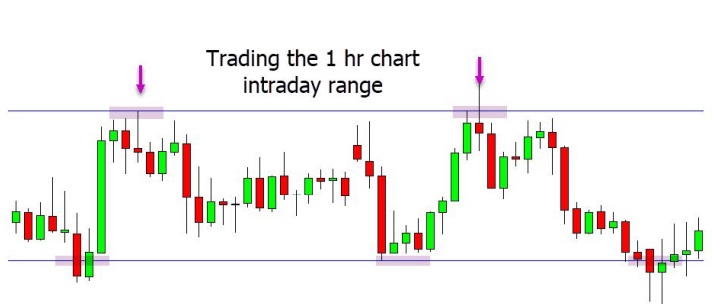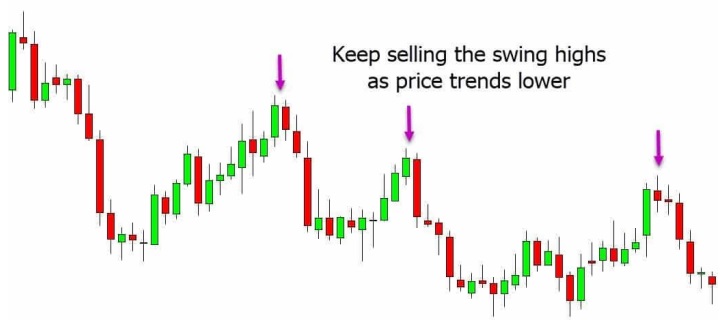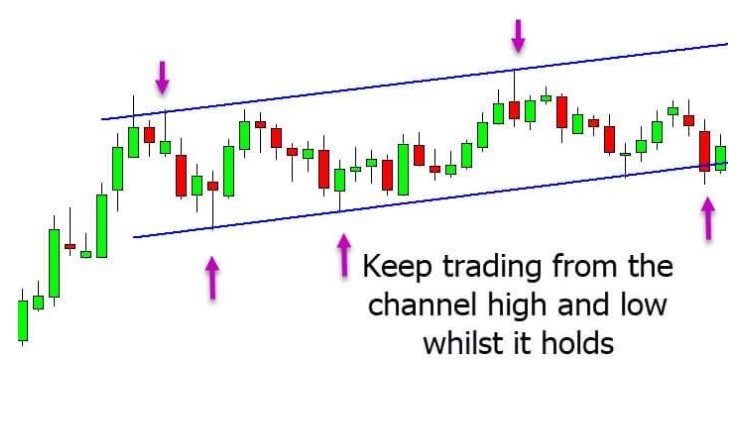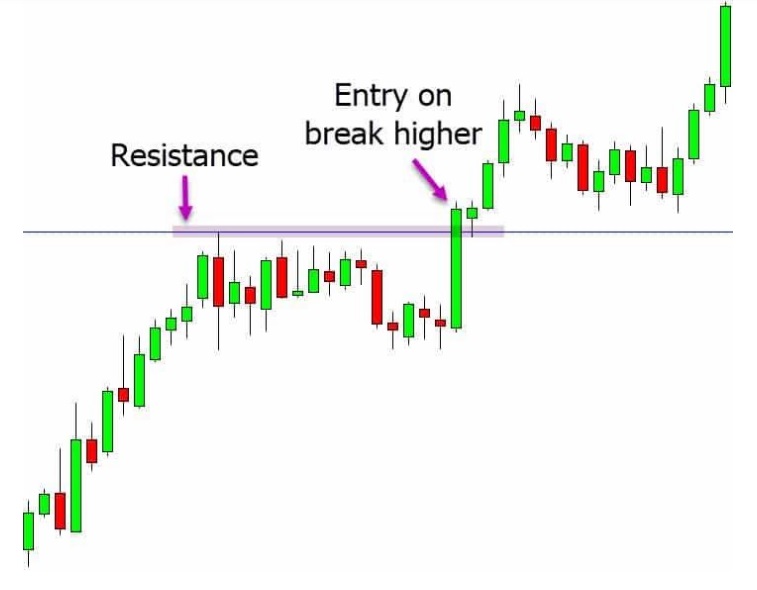Intraday trading has become extremely popular as a flexible trading strategy that can be used with many different markets and assets and offers a wide range of trading opportunities. Unlike swing trading on longer time frames, intraday trading allows for quick market entry and exit, allowing for many transactions and the possibility to uncover potentially lucrative opportunities. This article examines three successful intraday trading techniques as well as the principles of intraday trading.
Free PDF Guide : Get your Mastering the Art of Intraday Trading: Proven Strategies for Success
Table of Contents
- Definition of Intraday Trading
- Advantages of Intraday Trading
- Distinction between Intraday Trading and Day Trading
- Optimal Time Frames for Intraday Trading
- Effective Intraday Trading Approaches
- Intraday Trend Trading
- Intraday Channel Trading
- Intraday Breakout Trading
- Tips for Utilizing Successful Intraday Trading Techniques
Definition of Intraday Trading
A trading strategy known as intraday trading entails opening and closing trades inside a single trading session. This strategy avoids keeping positions open for long periods of time.
Because intraday trading enables them to quickly join and exit markets while generating substantial returns, many traders prefer it.
This article concentrates on three price action strategies that can be quickly included into your trading operations, even if there are many intraday trading systems that integrate indicators and EAs.


Advantages of Intraday Trading
The popularity of intraday trading is due to its capability to enable traders to carry out several trades in various markets. While intraday trading is best suited for quickly shifting markets like Forex, it can also be used in a wide variety of other markets.
Trading intraday allows traders to avoid holding holdings over the weekend or overnight, which is one of its key benefits. Transactions are only available for a short period of time before being closed, so traders don’t have to worry about overnight market fluctuations when evaluating their performance at the end of each session.
Smaller time frame intraday trading offers a large number of trading opportunities, making it a favored strategy for traders who like to place multiple trades. Swing trading, on the other hand, can be a better option for traders who want to maintain positions for long stretches of time and do fewer trades.
Distinction between Intraday Trading and Day Trading
Even if day trading and intraday trading have certain similarities, they are two different trading approaches. While both types of traders close their positions before the session is through, intraday traders do it more frequently and for a shorter period of time.
Typically, day traders decide on a market direction and hold onto it for the majority of the session. Contrarily, intraday traders look for trading opportunities on shorter time scales and enter and leave positions swiftly to profit from minute price changes. The typical holding period for positions by intraday traders ranges from seconds to hours, not the entire trading day.
Optimal Time Frames for Intraday Trading
Time frames of one hour or shorter are often used by intraday traders, with 15-minute and 5-minute intervals being the most popular. These shorter time frames give intraday traders a wide range of trading opportunities and allow them to profit from minute price changes by quickly entering and quitting positions.
Effective Intraday Trading Approaches
For intraday trading, a variety of approaches can be used, from depending solely on price action to incorporating indicators and expert advisors. The most common strategies use price movement and technical analysis to quickly spot opportunities and place trades.
This article focuses on three price action tactics that are simple to master and can be used right away to start intraday trades in your own trading.
Intraday Trend Trading
The likelihood of success in intraday trading can be increased by seeing and trading with the evident trend. This is especially true for trends that can last for a long time on shorter time scales, like one hour or less. Investing in the direction of the trend rather than against it offers the chance to make significant winning deals.
Trading along the clear trend allows for the use of lesser stop losses while attempting to ride the trend to larger reward-winning positions until it runs its course. In the example below, price establishes lower highs and lower lows, demonstrating a strong downtrend. When price rotates, the trend moves downward.


Intraday Channel Trading
A simple intraday approach that can result in lucrative transactions is channel trading. In intraday time frames, price movement usually forms distinct channels that, so long as they are still valid, can be repeatedly traded from the high and low of the channel.
In the example below, the price forms an upward-moving channel and regularly tests its high (resistance) and low (support) (support). Trading strategies in this situation include looking to enter long positions when the price tries the support of the channel and short ones as it tests the resistance.


Intraday Breakout Trading
Although intraday breakout trading is thought to be riskier, it can also provide transactions that are quite rewarding. It’s crucial to keep in mind that there is a chance of a false break, where the price swiftly reverses course instead of breaking out.
Intraday breakout traders should locate a strong support or resistance level that the price has often tried to break out of in the past in order to reduce risk. A definite resistance level can be seen in the sample below, which may be used to identify a potential breakout trading opportunity. As the price crosses over the resistance level, one strategy is to immediately place a long trade. Another strategy is to hold off on entering a long position until after the price has broken the resistance level and retraced to the prior breakout resistance level, which should now serve as a new support level.


Tips for Utilizing Successful Intraday Trading Techniques
There are a variety of intraday trading methods available, but in order to succeed, you must adhere to certain fundamental principles. First of all, whatsoever approach or technique you choose, you will lose money. Implementing a good risk-reward ratio that enables you to control your losses while still producing sizable profits is therefore essential. The techniques we went about in this session, such trend trading, can result in trades with a favorable risk-reward ratio and high returns. It is also crucial to keep in mind that not all markets are appropriate for intraday trading. To find out which markets, like Forex, Gold, or Silver, move quickly and provide you the chance to enter and exit transactions quickly, it would be ideal to try your techniques on a variety of them.

